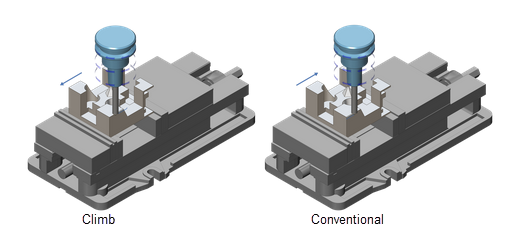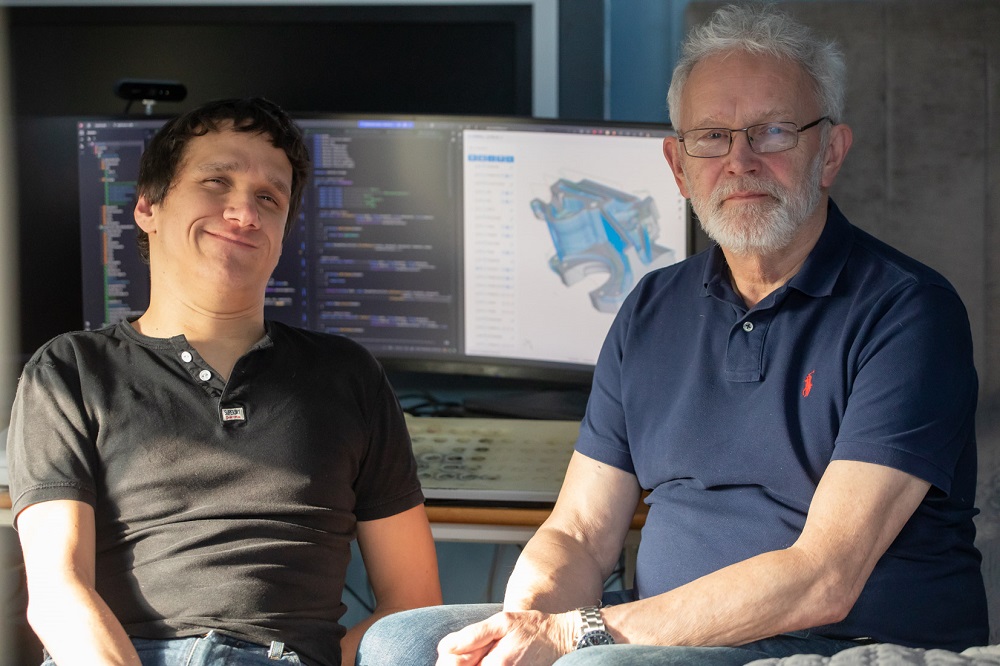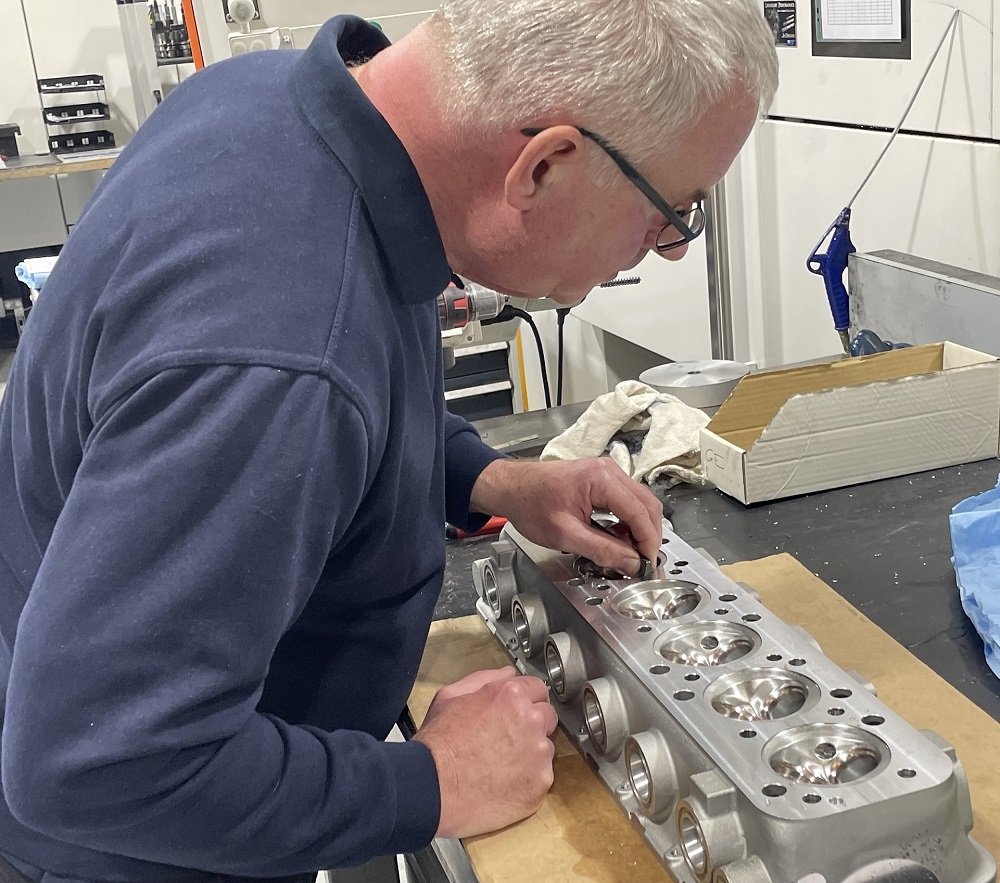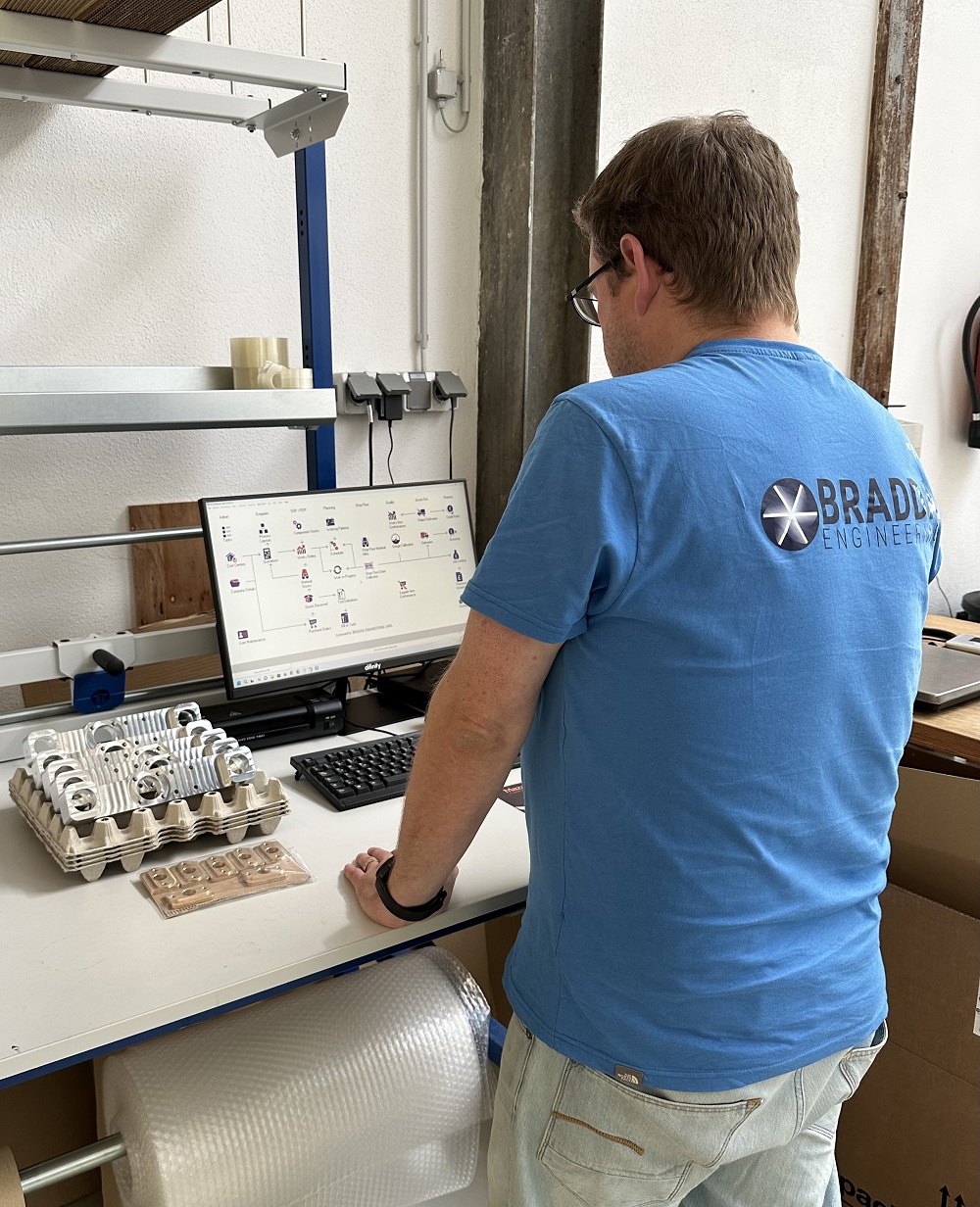The 2023.04 release of ModuleWorks’ digital manufacturing software components is now available. This first major ModuleWorks release of 2023 offers several new options for controlling the machining parameters across different subtractive and additive processes.
For instance, a range of new options for the deburring, roughing and finishing cycles offer flexibility and control for five-axis and rotary machining. Users can choose between the new climb and conventional cutting methods, and define the contact point between the tool and the workpiece. This is relevant for non-ball cutters like chamfer mills where careful control over the cutting conditions creates chamfered edges with a high-quality finish.
In addition, the new horizontal step-overs for rotary wall finishing make it possible to add cuts in shallow, cylindrical areas for a homogeneous finish across the workpiece, eliminating the need for consecutive finishing tool paths.
To speed up the programing of roughing and finishing cycles, 3D containments are now generated automatically from the selected floor surface. As a further point of note, applying tilting during the lead-in ramps and defining the start points and tool engagement offers enhanced control over the roughing and finishing process.
ModuleWorks also provides a new unified solution for three-axis machining, delivering improved performance and reliability with consistent features available across all cycles. It also offers a simple bridge to 3+2 axis and five-axis machining, and enables ModuleWorks to develop and deploy new three-axis features quickly.
Among further additions is a new two-axis contouring cycle that takes a simplified and generic 2D polyline as input. From here, the cycle generates a tool path suitable for plasma and laser cutting processes with specific lead-in and lead-out motions and parameters to control the feed rate, plasma flow rate and pierce-point behaviour.
For further information www.moduleworks.com



















